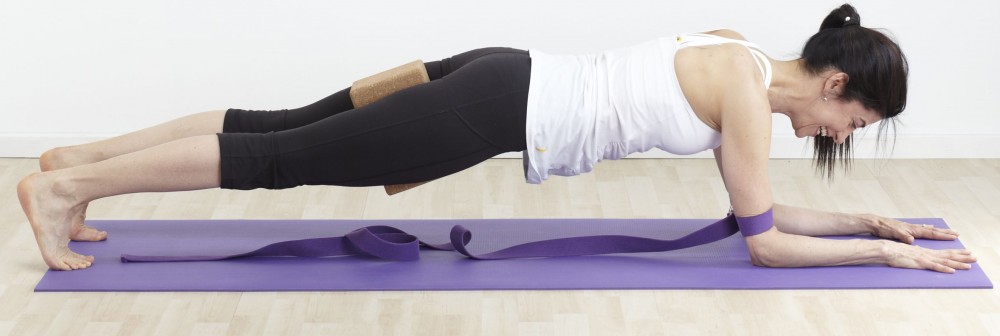“The antidote to stress is relaxation. To relax is to rest deeply” –
J. Lasater: Relax and Renew
“Sava in Sanskrit means a corpse, and asana a posture. Thus savasana is a posture that simulates a dead body, and evokes the experience of remaining in a state as in death and of ending the heart-aches and shocks that the flesh is heir to. It means relaxation, and therefore recuperation. it is not simply lying on one’s back with a vacant mind and gazing, nor does it end in snoring. It is the most difficult of yogic asanas to perfect, but it is also the most refreshing and rewarding” – B.K.S. Iyengar : Light on Pranayama
Today I thought I would write about the jewel of yoga poses, Savasana, also known as corpse pose or relaxation pose, a posture of classic importance both on the mat and with spill-over side benefits in daily life off the mat. We all know that racing around from one activity to the next can build up into a frenetic and stress-based approach to life. In this “place” we do not usually have much appreciation of life, fatigue and grumpiness edge our sense of peace and objectivity. I always teach various techniques because I believe a relaxed person copes better with everything, apart from the fact that after a yoga class, it is necessary for the body/mind to integrate and assimilate all the energy from the flow of postures, breathing and everything that was generated.

The great thing about savasana is its simplicity, although you can spiff it up with a few pillows or cushions, a chair or bolster for those of you who have stiff backs. The other thing is it is great for everyone. In fact, take a look at some of the benefits of regular practise and check off the ones you may want to add to your recipe for life and healthy, balanced, living:
– improves your breathing,
– reduces stress hormones,
– slows down heart rate and blood pressure,
– relaxes your muscles
– increases energy and focus,
– combats illness,
– relieves aches and pains,
– heightens problem-solving abilities,
– boosts motivation and productivity
– increases happiness, by releasing dopamine, serotonin, oxytocin and other immunomodulators to change brain chemistry
Sound good? Well usually the hardest part of trying anything new is to set aside a period of time, and to remove your expectations (and your shoes). In the beginning, or even for those students who have regular yoga practises, we all have days where the mind just does not want to cooperate. That is OK. Practise anyway. Some people build to a 15 minute zone. Start where you are, but do start. You may want a timer, a “do not disturb sign”, turn off cellular phone etc. Common sense stuff.

Here is a pretty easy place to begin the journey.
-Get ready by settling in on the floor, with any support you require.
-Invite stillness and silence as if they were old friends, with grace and gratitude.
-Relax the body – moving your awareness up from feet to head, then down from head to feet.
-Ask your breath to settle, as you allow the body to take the support that is under it.
-Continue to be aware of your breath.
-Thoughts and emotions may surface, that is OK, but do notgo with the drama.
-Without pull or push, receive the inhale and let go with the exhale.
-Keep feeding the calm waves of breath and let your mind relax into this state.
Remember it is called a “practise” so practise…
Om shanty, shanty, shanty
Rana







